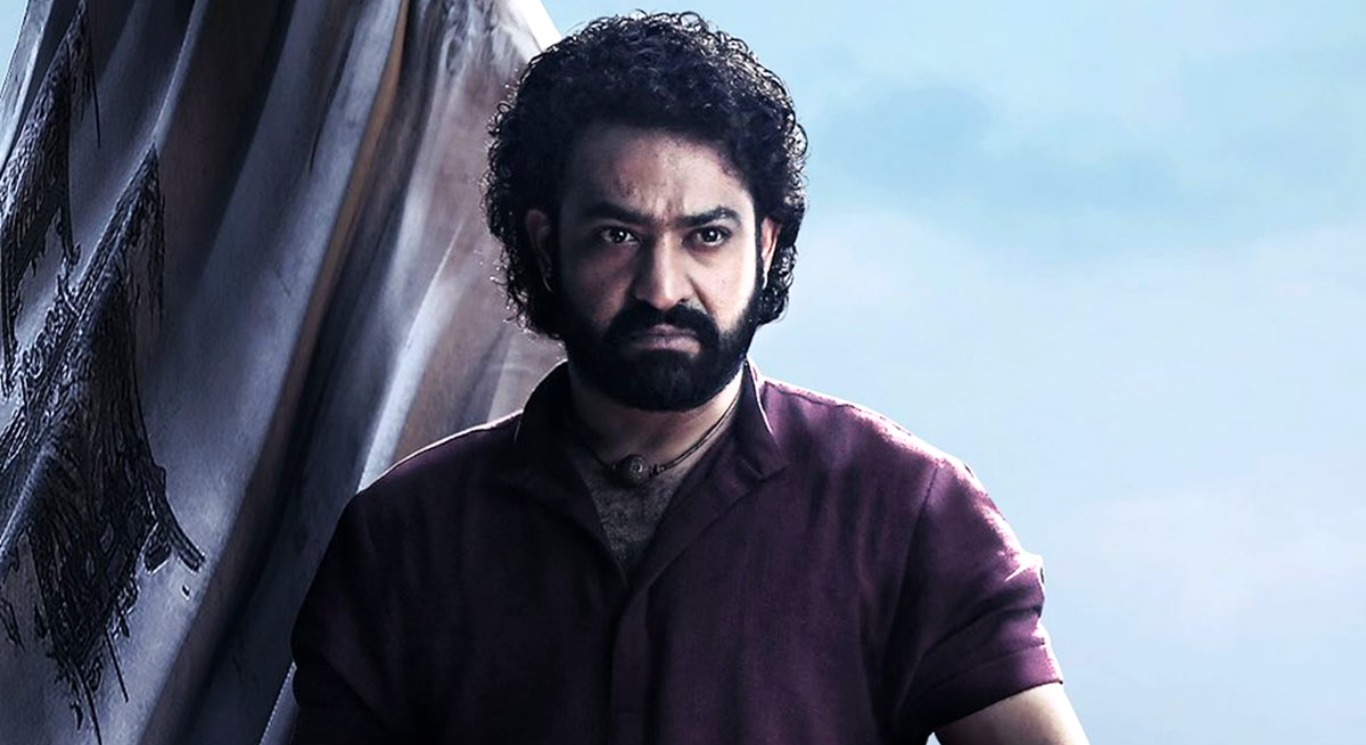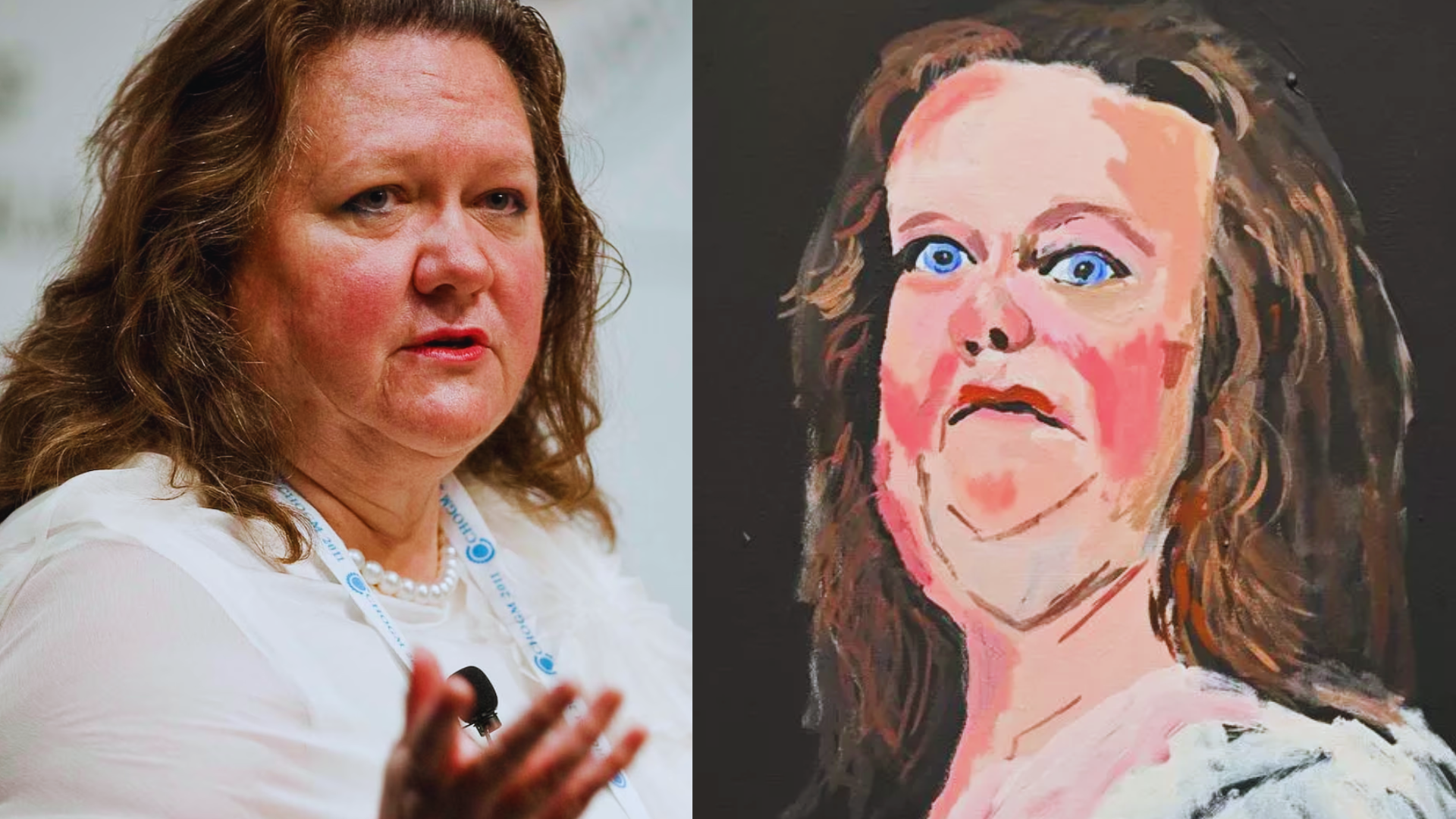





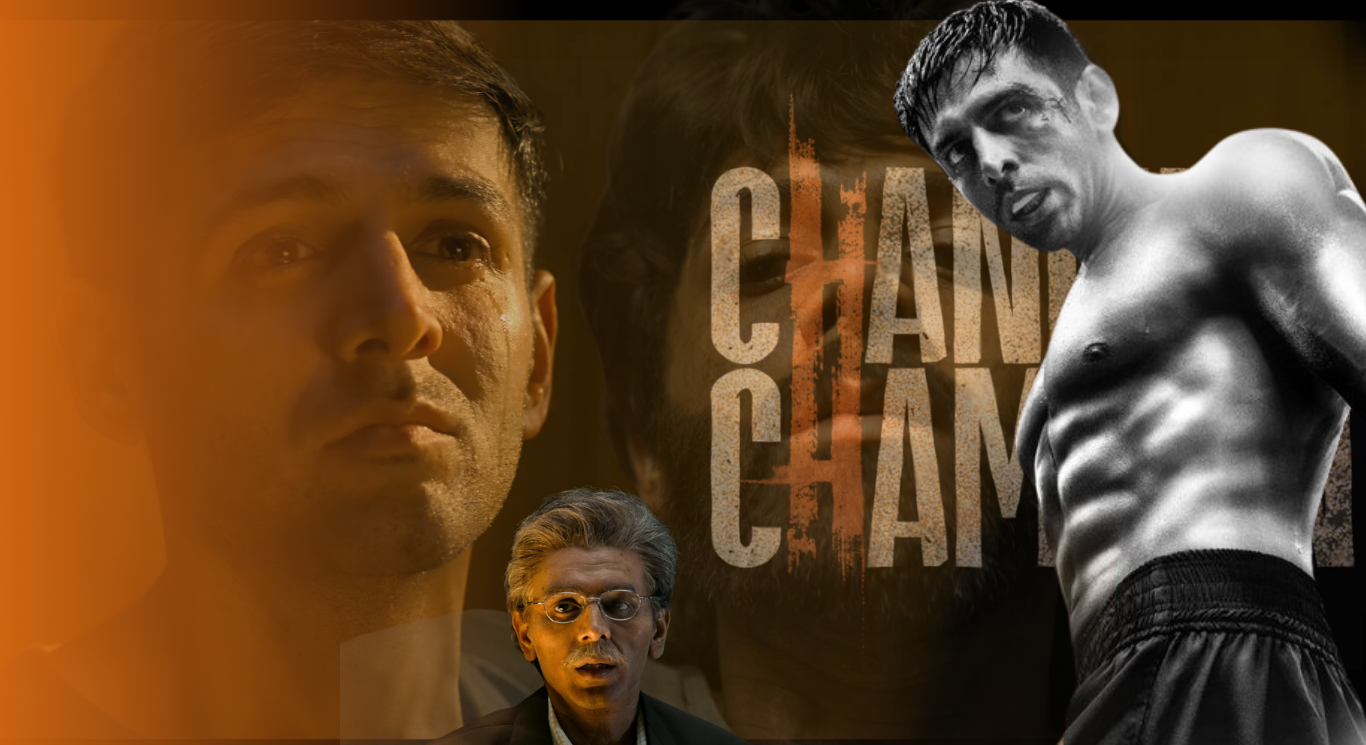


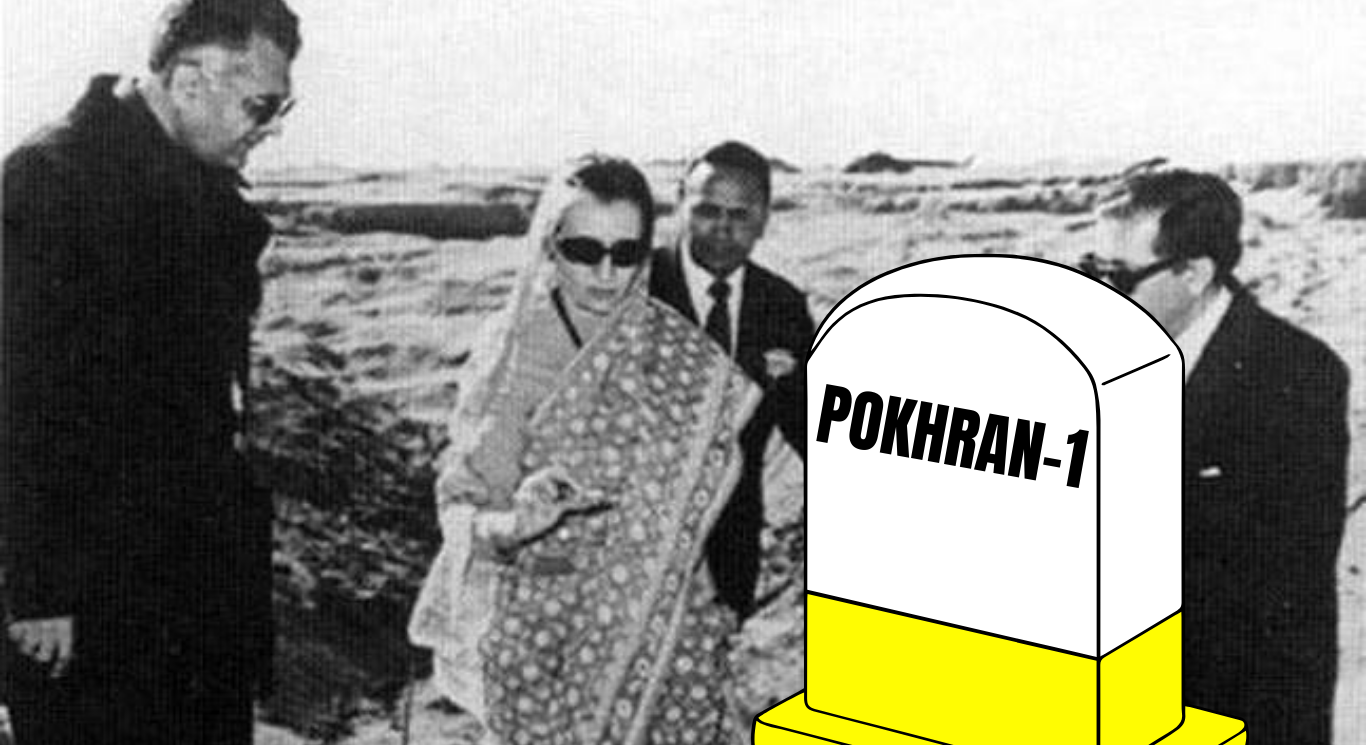
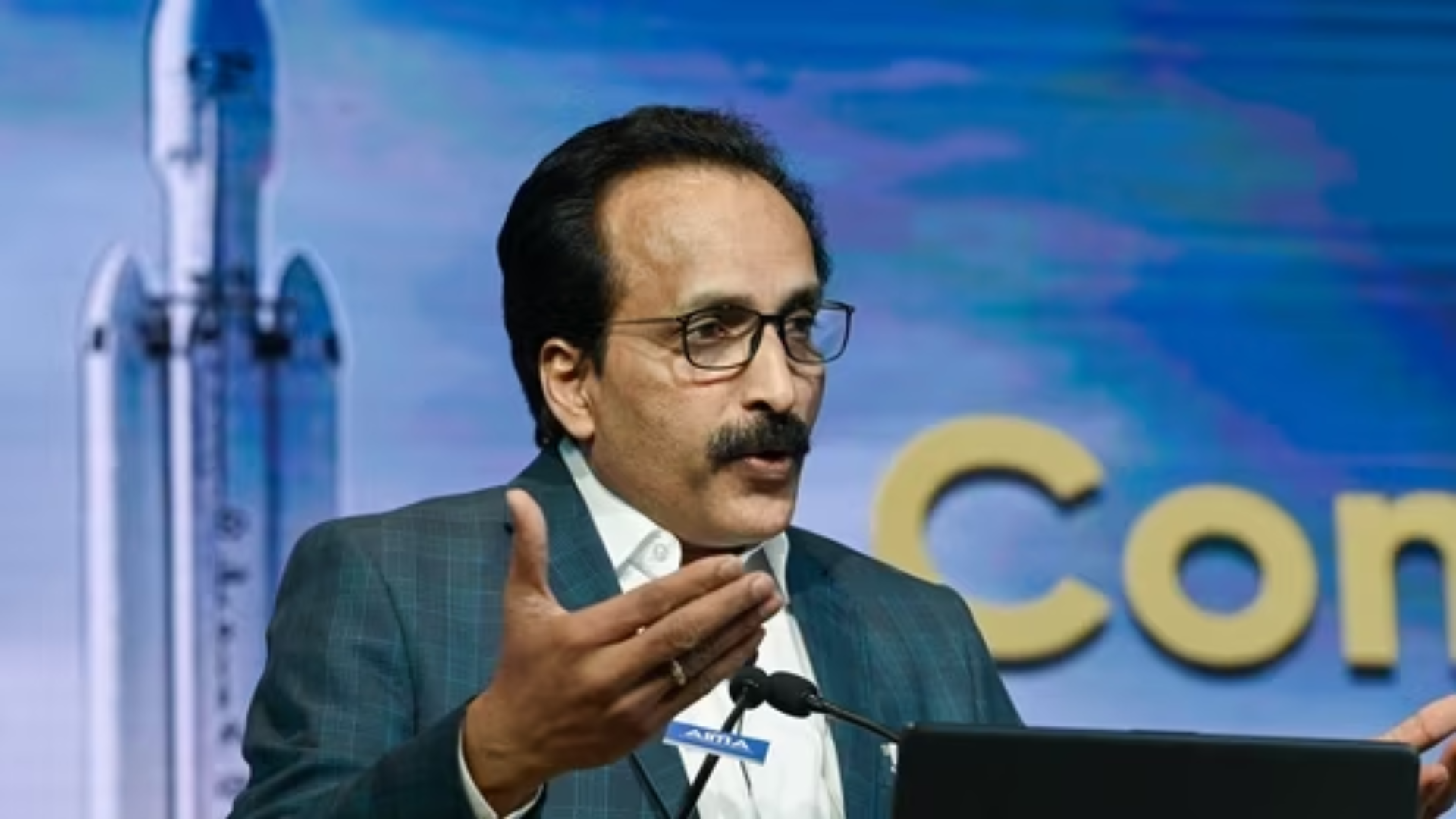
S Somanath, the chief of the Indian Space Research Organisation (ISRO), disclosed his battle with cancer, which coincided with the historic launch of the Aditya-L1 solar mission. During an interview with Tarmak Media House, Somanath recounted the discovery of his health issue during the Chandrayaan 3 mission. However, it wasn’t until the day of the Aditya-L1 launch that he realized the severity of the situation. “On the day Aditya-L1 was launched, I conducted a scan in the morning and realized I had a growth in my stomach,” he shared.
Following the launch, Somanath underwent further scans in Chennai, which confirmed a hereditary disease. Within days, he underwent surgery to address the issue, followed by chemotherapy. Despite the initial shock and uncertainty, Somanath expressed gratitude for his successful treatment. “Now, I perceive cancer and its treatment as a solution. There is a message that it is not incurable,” he stated, emphasizing that he is now completely cured and has resumed his duties at ISRO. While Somanath will undergo regular check-ups and scans annually, he reassured that he is back to full health and committed to his responsibilities as ISRO’s chief.
S Somanath, who assumed the role of secretary, department of Space and chairman, space commission, on January 14, 2022, boasts a distinguished career within ISRO. With expertise in system engineering of launch vehicles, he has made significant contributions to projects like the Polar Satellite Launch Vehicle (PSLV) and Geosynchronous Satellite Launch Vehicle Mark III (GSLV Mk-III).
Prior to his current position, Somanath served as the director of the Vikram Sarabhai Space Centre (VSSC) and the Liquid Propulsion Systems Centre (LPSC), where he played a pivotal role in shaping India’s space exploration endeavors. His contributions to propulsion stages design, structural dynamics, and integration procedures have been widely acclaimed within the space community.

